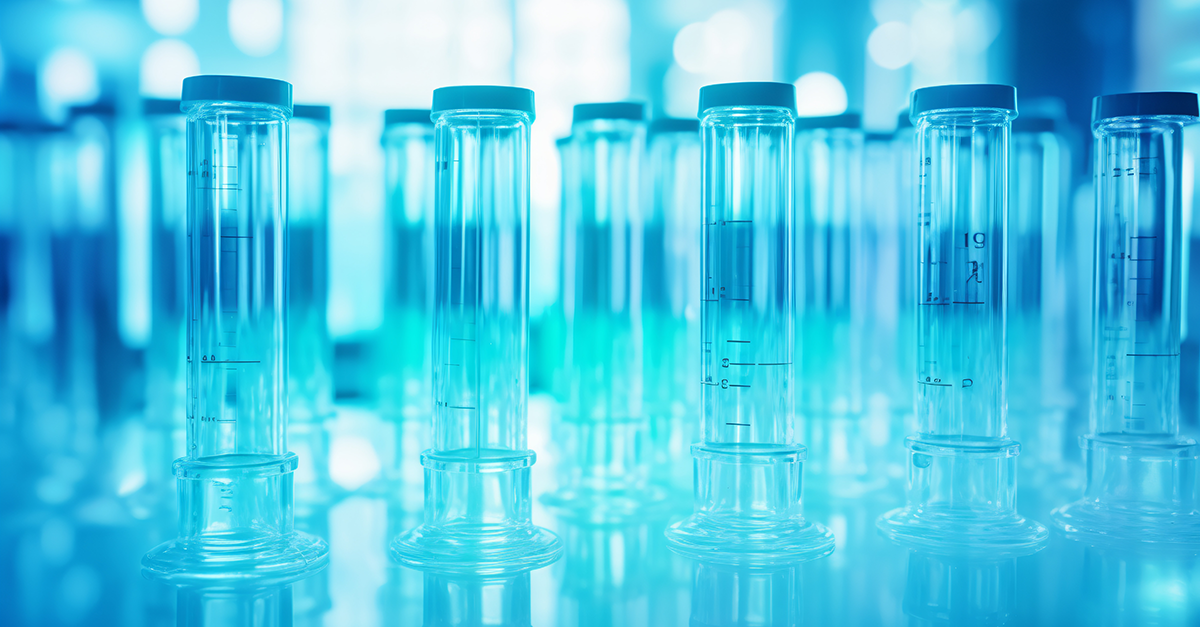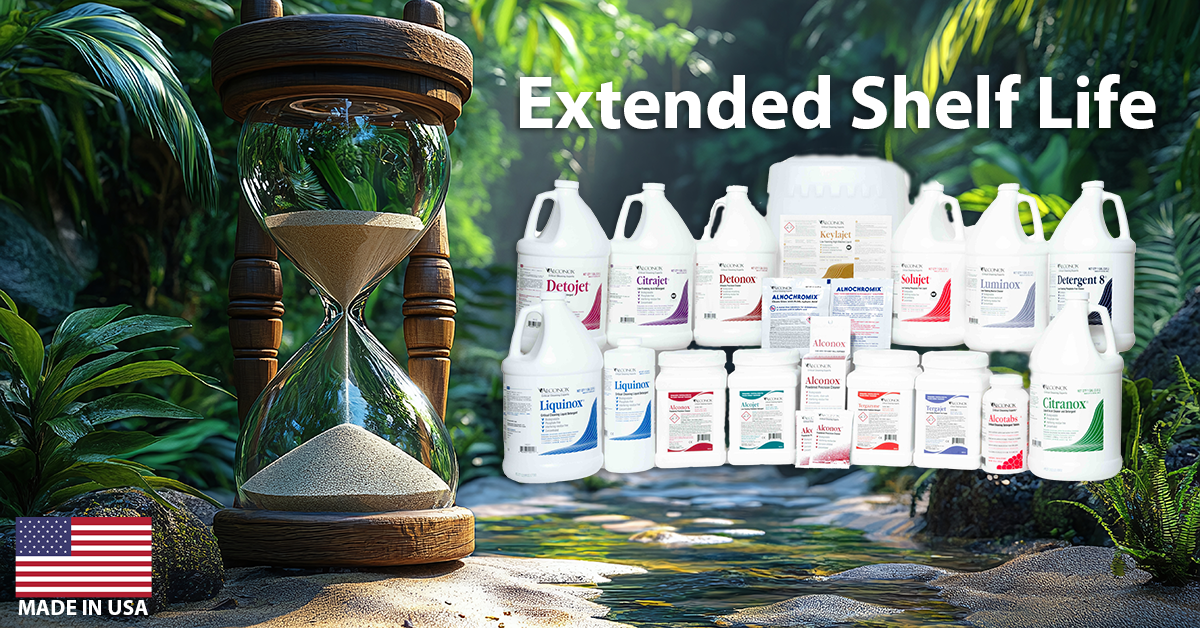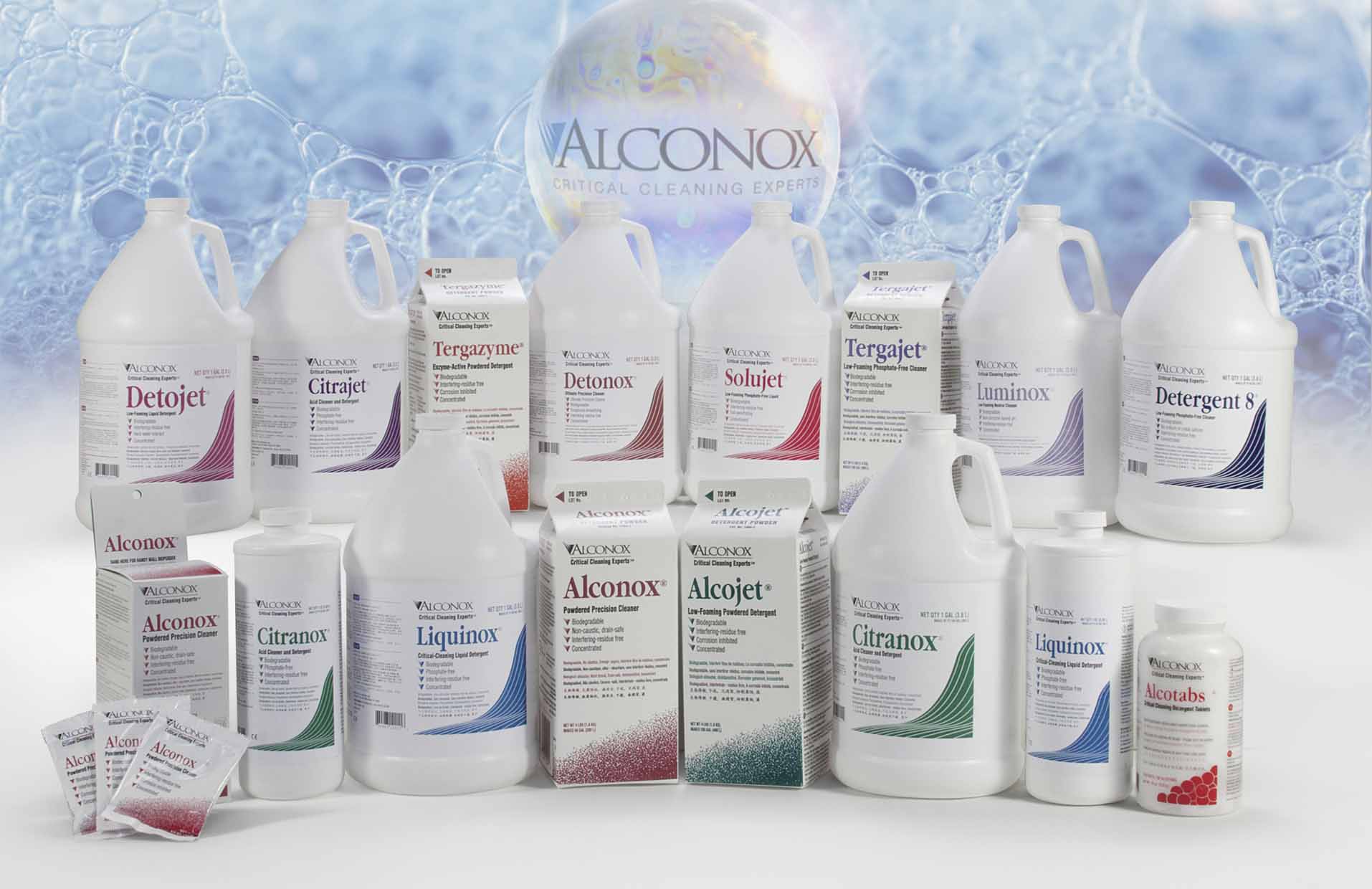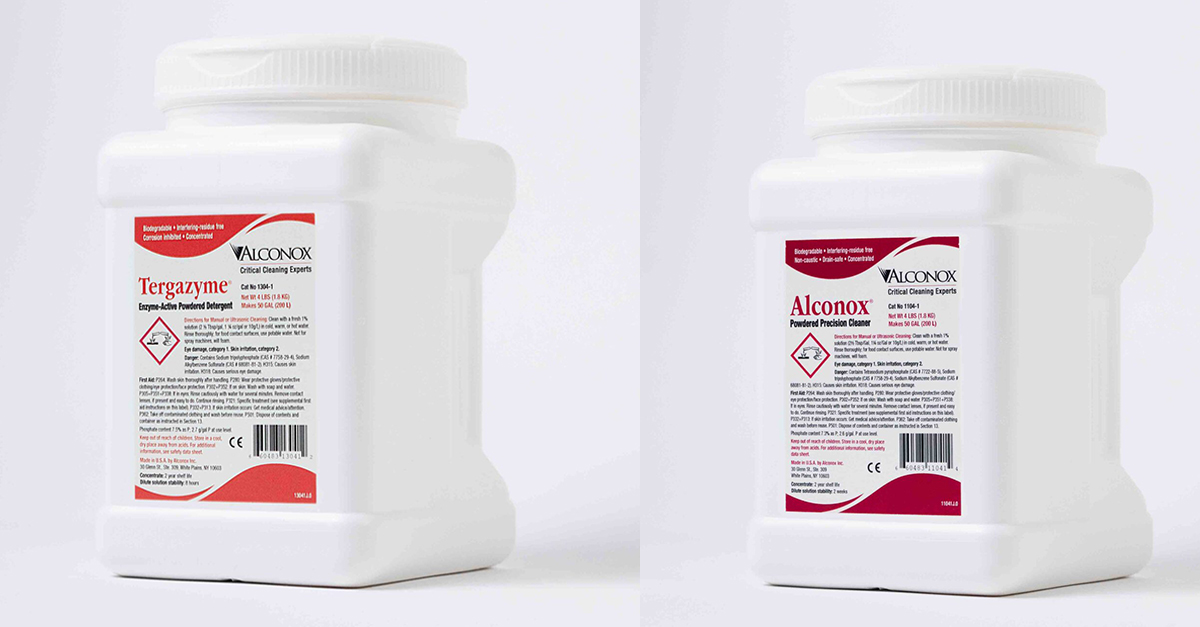
Question: What are the best practices for cleaning HPLC systems and glassware to ensure optimal
performance and prevent contamination?
Answer: Maintaining a clean HPLC system and glassware is essential for accurate and reproducible
results. Contaminants can lead to column degradation, increased backpressure, ghost peaks, and other
issues that negatively impact HPLC performance. We recommend the following procedure for thoroughly
cleaning your HPLC setup:
For HPLC systems:
- Flush the HPLC system with a sequence of solvents, starting with the mobile phase, then water,
and finally isopropanol or methanol. Use at least 10 column volumes for each solvent. - For stubborn contaminants, first disconnect the column. Prepare a 1-2% solution of Alconox® Powdered Precision Cleaner or Liquinox® Critical Cleaning Liquid Detergent, and circulate it through the system for 30-60 minutes. These detergents are excellent at removing oils and particulates.
- Rinse the system thoroughly with water followed by isopropanol or methanol to remove any
remaining detergent. - Reconnect the column and equilibrate the system with your mobile phase before running samples.
For HPLC glassware:
- Rinse glassware immediately after use with HPLC-grade solvents to prevent residues from drying on
surfaces. - Soak glassware in a warm 1-2% solution of Alconox or Liquinox detergents for at least 30 minutes. The low surface tension of these cleaners ensures it reaches every surface for thorough cleaning.
- Use an appropriate brush or sponge to scrub away any visible residues.
- Rinse thoroughly with deionized water, followed by a final rinse with HPLC-grade solvent.
- Dry glassware in an oven or with clean compressed air.
For both systems and glassware, we recommend a monthly deep cleaning or whenever you observe signs
of contamination, such as rising backpressure or ghost peaks.
Note: many HPLC column manufacturers do not recommend going above certain concentrations of solvent you are using in the mixture, as it might cause swelling in the column and other issues. Refer to your column manufacturer’s instructions for use.
Our wide range of Alconox detergents, including the Alconox and Liquinox options
mentioned above, are specifically formulated to meet the stringent requirements of HPLC and other
critical cleaning applications. We are always here to help you optimize your cleaning procedures and
maintain the performance of your HPLC setup. Please reach out to us for further guidance on your
specific application.
Do you have a critical cleaning question for the experts at Alconox, LLC? Search TechNotes to see if it’s been answered before or Ask Alconox.
To request any Alconox, LLC detergents for free, please complete the questionnaire at Get Sample. For more information about any one of our Alconox, LLC detergents, consult the technical bulletin for each product. Or click here to access each of our detergent’s Safety Data Sheets
What are HPLC Systems and HPLC Glassware
HPLC (High-Performance Liquid Chromatography) systems and glassware are essential components used in analytical chemistry laboratories to separate, identify, and quantify various compounds in a mixture.
HPLC Systems:
HPLC is a chromatographic technique that uses high pressure to pass a liquid solvent containing the sample mixture through a column filled with a solid adsorbent material. The components of an HPLC system typically include:
- Pumps: To deliver the mobile phase (solvent) at a constant flow rate and high pressure.
- Injector: To introduce the sample into the mobile phase stream.
- Column: The stationary phase is responsible for separating the compounds based on their interactions with the column material.
- Detector: This is used to detect and measure the separated compounds as they elute from the column (e.g., UV, fluorescence, or mass spectrometry detectors).
- Data acquisition system: To process and display the chromatographic data.
Refer to above note on solvents.
HPLC Glassware:
Glassware used in HPLC sample preparation and analysis includes:
- Sample vials: Small glass containers with caps hold the sample before injection into the HPLC system.
- Volumetric flasks: Used for precisely preparing solutions of known concentrations.
- Graduated cylinders: Used for measuring and transferring liquids.
- Beakers: Used for mixing, stirring, and heating solutions.
- Pipettes: Used for accurately measuring and transferring small volumes of liquids.
- Syringes: Used for filtering samples and manual injection into the HPLC system.
- Filtration devices: These remove particulates from samples and mobile phases before injection into the HPLC system (e.g., syringe filters and vacuum filtration assemblies).
To ensure accurate and reproducible results, the glassware used in HPLC must be clean, free of contaminants, and compatible with the solvents and samples being used.
To request any Alconox, LLC detergents for free, please complete the questionnaire at Get Sample. For more information about any one of our Alconox, Inc. detergents, consult the technical bulletin for each product. Or click here to access each of our detergent’s Safety Data Sheets.
Do you have a critical cleaning question for the experts at Alconox, LLC? Search TechNotes to see if it’s been answered before or Ask Alconox.



